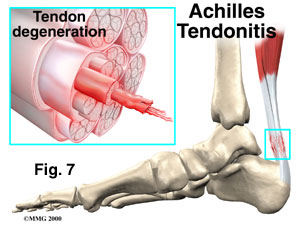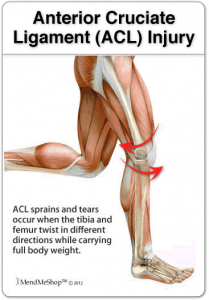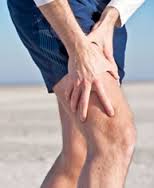Blog
Welcome to the STAR PT Web Blog
The Time is Now
It has been has been said that in life, timing is everything. The same could be said about rehabilitation of an injury.
When a patient first comes into Physical Therapy, the first visit is the initial evaluation. One of the first questions asked is “how long has your injury been bothering you?” More often than not, the answer is between 6-12 months. The second question asked at that point, “what took so long to have this addressed?” There a...
Posted on 2014-08-25
There’s an App for That!
We are proud to announce that STAR is now offering the use of a web-based mobile application to all patients. For the past year I have been working with Netsmartz, a locally based software development company, with the goal of using this application to increase compliance with home exercise prescriptions and patients’ understanding of their condition.
The application has 2 major components - "Home Exercise Builder" and “3D – Educate.&rdqu...
Posted on 2014-08-18
Tendon Injuries
Tendon injuries are among the most common types of musculoskeletal conditions. This condition is often labeled “tendonitis”, but advances in scientific research have led to a revised perspective on the underlying cause of tendon pain. Although acute tendon injury can lead to inflammation, by far most tendon problems are degenerative in nature. In other words, the substance of the tendon has broken down over time due to chronic, excessive loading. This has led ...
Posted on 2014-08-11
ACL Injury
The ACL, anterior cruciate ligament, is one of the structures that supports your knee joint by connecting from the backside of your femur (thigh bone) to the frontside of your tibia (shin bone). It stabilizes the knee joint by limiting the forward motion of the tibia (shin bone) on the femur (thigh bone) and becomes most taught when the knee is straight.
It can be injured, partially torn or completely torn, during a sudden cut or deceleration (often non-contact), hyperextension (whe...
Posted on 2014-07-21
Delayed Onset Muscle Soreness: What is it?
Now that summer is in full swing, many people find themselves more active and perhaps experimenting with a new sport or other physical activity. Sometimes short-term muscle soreness can be part of that experience. There is a phenomenon referred to as delayed onset muscle soreness (DOMA) that can be associated with performing a new physical task, or with higher intensity ‘usual’ exercise. The muscle soreness can vary in int...
Posted on 2014-07-16




